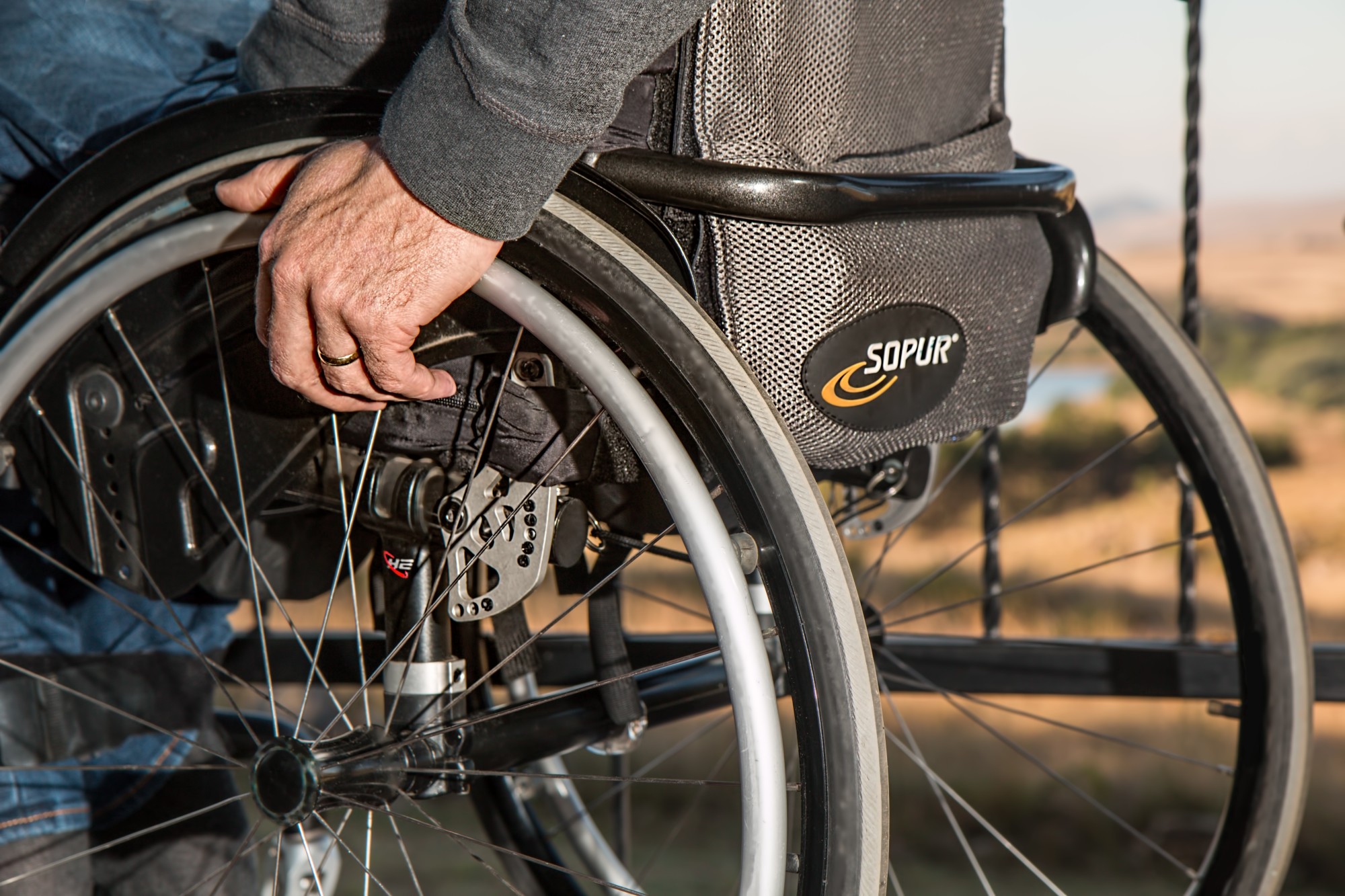A Guide to Exercise for Disabled People: How to Stay Fit

If you’re a disabled person, you can still find ways to stay fit. You’ll need to listen to your body and determine what you’re capable of doing. With some persistence, you can tone muscles and maintain a healthy lifestyle.
Read on to find an exercise guide for disabled people!
Determine Your Abilities
When you’re starting a routine, it’s good to focus on what you are capable of doing. Don’t let your limitations sideline you from fitness!
If you’re mobile, focus on exercises that build cardiovascular fitness. For example, go on brisk walks or try water aerobics. Or turn to yoga, which is another great way to develop muscle strength and flexibility.
If you can’t do exercises for the lower body, focus on the upper body. Do two sets of bicep curls and overhead presses every other day to develop upper body strength.
Staying Fit Begins with the Basics
Find the right mix of exercises to suit your needs — and focus on the fundamentals first. If you have limited use of your legs, start with an exercise where you sit and then stand. You’ll gradually start to gain a sense of balance.
If you have Parkinson’s, the best exercises will improve your balance, agility, and movement. Take a walk around the block to keep your muscles limber and avoid cramps.
Know the Benefits of Exercise for Disabled People
You can improve your blood pressure and other physical health risks with exercise. When you burn fat and build muscle, you’ll feel stronger and more energetic, too.
Even with limited mobility, you can pursue stretching and strength training exercises. They will help ease any pain and strengthen other areas of the body.
Additionally, you’ll be able to enhance your mental well-being. Exercise helps provide relief from challenges like depression, anxiety, and other chronic issues.
Improve on Your Previous Performance
Ultimately, it’s most important to listen to your body. Don’t overdo it when you’re just starting. Instead, focus on taking baby steps and improving over previous routines.
When you do 10 reps of an exercise with 10-pound dumbbells, aim to increase the weight to 12.5 pounds the next time. Or extend your daily walk an extra mile once or twice each week.
Keep a Healthy Diet
Be aware that exercise alone won’t get you into shape. You need to complement your workouts with a balanced diet. Begin with a food journal to determine what you’re eating — and look for areas to improve.
Load up your dinner plate with steamed vegetables and lean meats. And drink a glass of water before each meal as a strategy to reduce calories. You’ll feel fuller and stop at one serving!
Get the Results You Want
Exercise for disabled people offers physical and mental health benefits that make it worth your time. Start slowly and figure out the arm, leg, or core exercises that enhance your well-being. Then commit to a routine so you can see results!
For more tips and ideas to help improve your life, check back for new articles.



